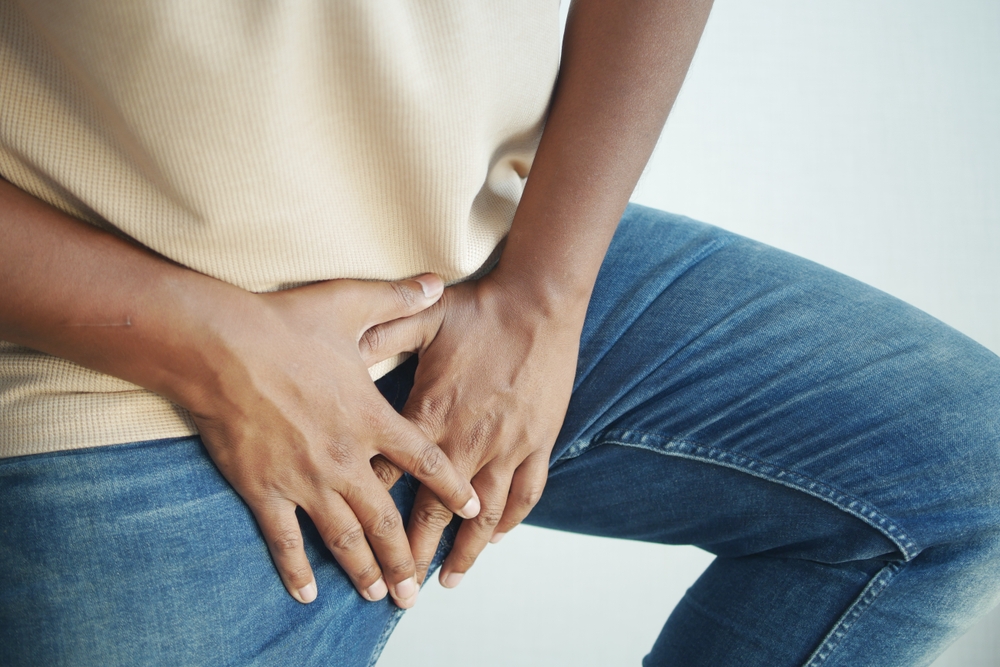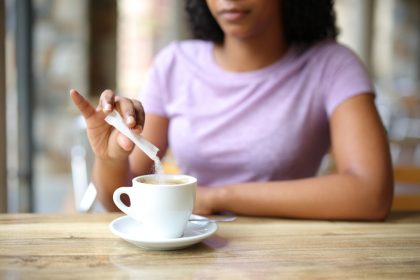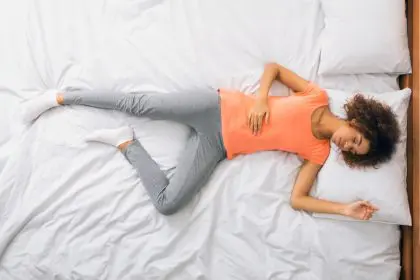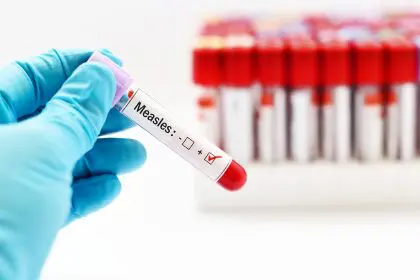Urinary incontinence (UI) manifests in various forms, each with its own set of symptoms and causes. Understanding the different types is essential in selecting the most effective management strategies.
Stress incontinence
This type of incontinence is characterized by leakage that occurs when there is physical pressure or exertion on the bladder. Activities such as laughing, sneezing, or lifting heavy objects can trigger episodes. The leakage is usually small and related to changes in the pelvic floor or sphincter muscles, which may lose their ability to fully control urine flow under stress.
Urge incontinence
Urge incontinence is marked by a sudden, intense need to urinate, often resulting in involuntary leakage. This condition is driven by bladder contractions that occur without warning. Individuals with urge incontinence experience frequent urges, sometimes without a significant amount of urine in the bladder. The condition can be exacerbated by triggers such as drinking a lot of fluids, or even hearing running water.
Mixed incontinence
This is a combination of both stress and urge incontinence symptoms. Those with mixed incontinence may experience leakage from physical exertion as well as the sudden urgency to urinate. The complexity of managing mixed incontinence often requires addressing both sets of symptoms, making treatment strategies more individualized and comprehensive.
Physiological mechanisms
Understanding the mechanisms behind urinary incontinence is crucial to identifying the right treatment. These mechanisms are rooted in the body’s physiological and neurological processes.
Muscular factors
Pelvic floor weakness and sphincter dysfunction are common culprits in the development of incontinence. The pelvic floor muscles, which support the bladder, rectum, and uterus, can become weakened due to factors like aging, childbirth, or sedentary lifestyles. When these muscles lose their strength or coordination, they may fail to prevent urine leakage during physical activity or pressure. Changes in muscle tone and structural support further complicate bladder control.
Neurological aspects
Incontinence can also be caused by disruptions in the nerve signals that control bladder function. Proper brain-bladder communication is necessary for coordinating the process of urination. Issues such as nerve damage or certain neurological conditions (e.g., multiple sclerosis, Parkinson’s disease) can interfere with this process. Sensory processing dysfunction and disrupted motor control patterns can lead to an involuntary need to urinate or the inability to recognize when the bladder is full.
Treatment approaches
With effective management, urinary incontinence can be controlled or even improved. Various treatment options, ranging from conservative interventions to advanced medical procedures, offer solutions tailored to the individual’s needs.
Conservative interventions
Lifestyle modifications are often the first line of defense for managing urinary incontinence. These include dietary adjustments, fluid management, and activity adaptations that aim to minimize symptoms. For example, reducing caffeine and alcohol intake can alleviate bladder irritation. Fluid management also involves controlling the amount of liquid consumed to prevent frequent trips to the bathroom. Additionally, avoiding activities that trigger symptoms can be effective in reducing the frequency of incontinence episodes.
Exercise protocols
Targeted physical therapy is another essential component of managing UI. Pelvic floor rehabilitation exercises, such as Kegel exercises, are designed to strengthen the pelvic floor muscles, improving their ability to control bladder function. These exercises require consistent practice, with a gradual increase in difficulty to build muscle strength and endurance. It is essential to monitor progress to ensure exercises are done correctly and effectively.
Bladder training
Bladder training involves scheduled voiding, which teaches the bladder to hold urine for longer periods. By following a specific routine, individuals can gradually increase their bladder capacity. This approach also helps individuals control the urgency associated with incontinence, reducing the frequency of urgent urges. Habit modification is a key element of bladder training, encouraging individuals to resist the impulse to urinate immediately and instead follow a predetermined schedule.
Advanced treatment options
When conservative approaches are insufficient, more advanced treatments may be considered. These options provide additional support and relief for those with more severe forms of urinary incontinence.
Medical interventions
Medication can be used to treat urge incontinence or other symptoms. Drugs that relax the bladder or reduce the frequency of contractions can help manage urgency and leakage. Anticholinergic medications and beta-3 agonists are often prescribed for individuals with overactive bladders. For some, hormone replacement therapy (HRT) may be beneficial, especially for women experiencing postmenopausal changes that affect bladder control.
Minimally invasive procedures
In cases where medications do not provide sufficient relief, minimally invasive procedures may be necessary. These can include botulinum toxin injections into the bladder to calm overactive muscle contractions, or the implantation of a sacral nerve stimulator to help regulate bladder function. These procedures are typically performed on an outpatient basis and can significantly improve symptoms.
Surgical considerations
For severe cases of urinary incontinence, surgery may be recommended. Procedures such as sling surgery or bladder neck suspension can provide long-term solutions by providing structural support to the bladder and urethra. Surgery is typically considered when other treatments have failed to produce satisfactory results.
Lifestyle modifications and support strategies
Making lasting changes to lifestyle can enhance the effectiveness of other treatments and support overall well-being.
Dietary considerations
Maintaining a balanced diet and managing fluid intake is critical. Drinking too much or too little fluid can exacerbate symptoms. Individuals with incontinence should aim for consistent hydration while avoiding bladder irritants like caffeine, artificial sweeteners, and acidic foods.
Activity adaptations
Incorporating mindful movement into daily routines can help manage symptoms. Exercise modifications, including low-impact activities such as walking or swimming, can reduce the strain on the pelvic floor and improve bladder function. Posture awareness also plays a role in minimizing pressure on the bladder during activities.
Healthcare collaboration
Ongoing support from healthcare professionals is essential for managing urinary incontinence. Regular monitoring, treatment adjustments, and evaluation of progress are key to ensuring the best outcomes. A collaborative approach involving doctors, physical therapists, and support groups helps individuals navigate the challenges of incontinence and achieve long-term relief.
Conclusion
Managing urinary incontinence is a multifaceted process that requires understanding, commitment, and comprehensive care. By taking a personalized approach to treatment—whether through conservative strategies, physical therapy, or advanced medical options—individuals can significantly improve their quality of life. With the right resources and support, it is possible to regain control and minimize the impact of urinary incontinence on daily activities.

















